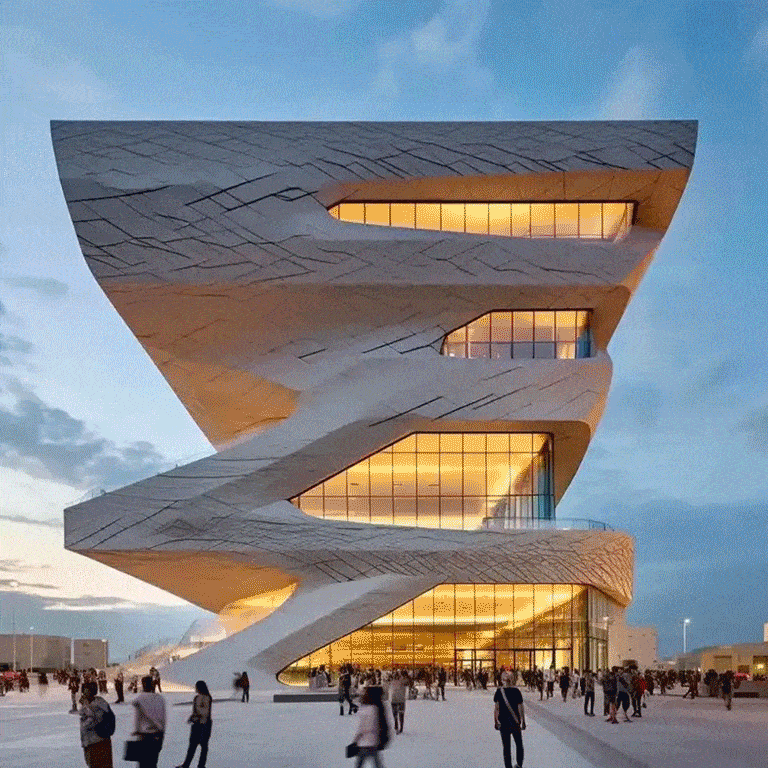Unlock Holographic Visuals: Advanced Image Translation Workflow Revealed
1. Workflow Overview

This is an advanced holographic tech-style image translation workflow featuring:
Depth-aware image repainting (DepthAnything V2)
FLUX-based futuristic holographic effects
UltimateSD upscaling integration
Multi-stage conditioning control
Core Models:
DepthAnything V2: Depth map generation
F.1_Depth-fp16: FLUX base model with depth control
Holographic LoRA: Style fine-tuning (weight 0.8)
R-ESRGAN_4x+ Anime6B: Upscaling model
2. Critical Nodes
Node | Function | Installation |
|---|---|---|
| Depth map generation | Install |
| FLUX conditioning control | Built-in |
| Image-to-image translation | Requires |
| Smart upscaling | Install |
Dependencies:
Model Files:
Place
ae.sftinmodels/vaeDownload
全息科技素材_V1.0.safetensorstomodels/loras
Plugins: Essential to use
ComfyUI-Manager
3. Workflow Structure
Key Groups:
Input (Left):
Load image → Resize to 1024x1024 → Generate depth map
Prompt: "quanxi,3D rendering,holographic"
Main Process (Center):
Depth map + FLUX generation → 30-step Euler sampling
Upscale (Right):
2x UltimateSD upscale → 512x512 tile processing
4. Inputs & Outputs
Required Inputs:
Source image: PNG/JPG (e.g. 未标题-2.png)
Resolution: Auto-adjusted to 1024x1024
Seed: Randomizable (default)
Final Output:
Format: PNG with metadata
Pipeline: Original → Depth conversion → Holographic render → Upscale
5. Notes
VRAM: ≥12GB required (more for upscaling)
Common Errors:
Depth model failed: Verifydepth_anything_v2_vitl_fp32.safetensorsLoRA conflict: Avoid multiple style LoRAs
Optimization:
Reduce upscale tile size to 256x256
Use
fp16models for faster generation